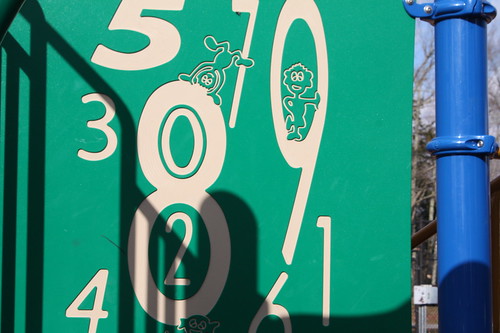Symbaloo Webmixes are such a great way of keeping a catalogue of useful websites. You can see other ones for Maths, English, Irish, Music and Coding HERE.
Maths: Number
Useful Visualization of Prime & Composite Numbers on Datapointed.net
This has been a good week for finding resources on the internet
for teaching maths. On Monday the Google Doodle celebrating
the birthday of John Venn featured an interactive animation which
I thought would be very useful to introduce students to
Venn Diagrams and specifically to
illustrate the intersection of two sets.
You can see that here.
You have to check out this amazing visual math site! Dancing math factors. See it at http://t.co/fzDoh1aY0g #mathchat #math
— WeAreTeachers (@WeAreTeachers) August 6, 2014
Today on the @WeAreTeachers twitter feed I came across
the visually arresting Animated numbers on Datapointed.net
which one could use to help students visualize
prime and composite numbers.
These patterns are quite mesmerizing and demonstrate
the beauty of maths. I would use it to help students learn
about factors and to understand the difference between
prime and composite number.
I might also use it occasionally as a ‘drill’ where the student
would call out ‘prime’ or ‘composite’ so as to become familiar
with these words themselves.
I would also be interested in their hypnotic or soporific effects 😉
Student Favourite: ‘Crossing The Swamp’ – Addition, Subtraction, Multiplication & Division Practice

![]() Photo Credit: Widianto Nugroho via Compfight
Photo Credit: Widianto Nugroho via Compfight
‘Crossing the Swamp’ from BBC.co.uk
You also can ‘Add Like Mad’,
try some ‘Subtraction Action’
and practise multiplication
Online activities for learning & revising rounding off and estimation
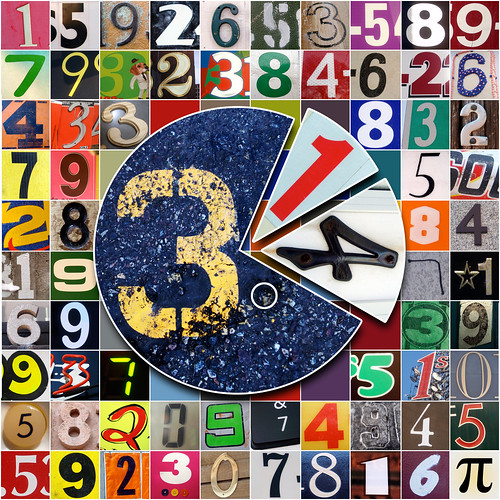
![]() Photo Credit: Mykl Roventine via Compfight
Photo Credit: Mykl Roventine via Compfight
Very simple estimation exercise from Jan Brett.com
Quick fire rounding off game on
‘Which One Rounds?’ from Math Nook
Dart game for rounding off Topmarks.co.uk
Extensive lists on Online Math Learning.com
Table Races – Speed Tests for Addition/Subtraction/Multiplication&Division Practice.
Online games for learning and revising Times Tables

Photo Credit: Derek Bridges via Compfight
1. Games for revising and learning Times Tables from Maths Games.org
2. Lots of games on Multiplication.com
3. Interactive Times Tables Games from Woodlands-Junior.Kent.sch.uk
4. Tables grid game on BBC.Co.Uk
5. Games on Topmarks.Co.Uk
It’s all about pizza! Games for learning and revising fractions
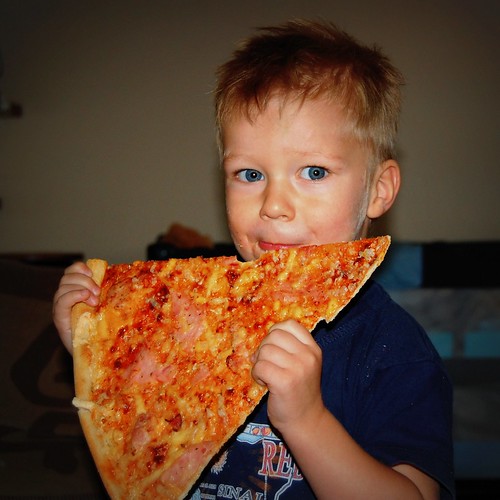
![]() Photo Credit: tomek.pl via Compfight
Photo Credit: tomek.pl via Compfight
1. Graded Resources for Teaching Fractions from www.bgfl.org
2. More from Sheppard Software.com
3. Comprehensive selection of activites
from ‘Who wants pizza?’ by Cynthia Lanius
4. Tony Fraction’s Pizza Shop from MrNussbaum.com
5. Pizza Fractions Game from Soft Schools.com
6. More fraction games from Maths Games.org
7. And if you get tired of pizza …
there are other activities here Classroom.JC-schools.net
Online activities to teach and revise place value – Senior Classes
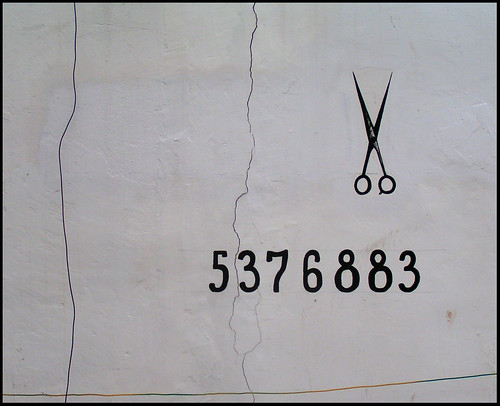
![]() Photo Credit: Tal Bright via Compfight
Photo Credit: Tal Bright via Compfight
1. Resources for the whiteboard from Topmarks.co.uk
2. Learning about Place Value on Kids Math Games Online.com
Games to practice Place Value on
4. Toon University.com (Hundreds, Tens and Units)
5. Toon University again (Thousands, Hundreds, Tens and Units)
and
6. Mr.Nussbaum.com – Place Value Pirates (includes decimals)
Online resources for revising and learning about ratio – Senior Classes

![]() Photo Credit: Popupology via Compfight
Photo Credit: Popupology via Compfight
Learning about ratio:
From Soft Schools.com
Games to play:
1. Recognising ratios Ames.Altec.org
2. Ratio Game
4. Finding equal ratios Altec.org
Online activities to learn about and revise factors, prime and composite numbers.
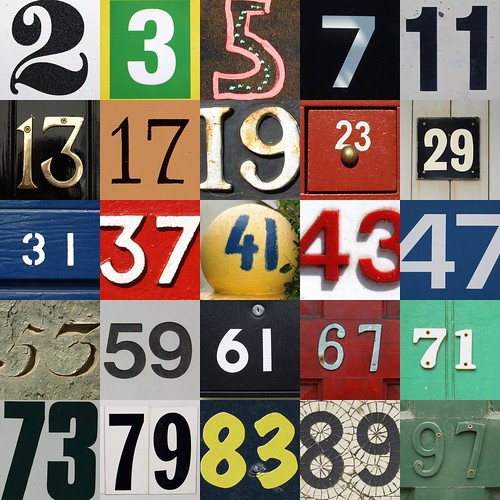
![]() Photo Credit: Chris via Compfight
Photo Credit: Chris via Compfight
1. Revising tables and factors on the 100 square
2. Learning about Factor Trees
3. Four useful activities from
Cool Math.com to learn about prime and composite numbers.
4. Finding factor game from Calculation Nation
5. Scroll down to the bottom of this link
to find an activity to practice
spotting prime
or composite numbers
from AAA Maths.com
6. From Sheppard Software.com
‘Fruit Shoot’ – A game to revise composite + prime numbers
7. A Treasure Trove of ideas here from Edutopia.org
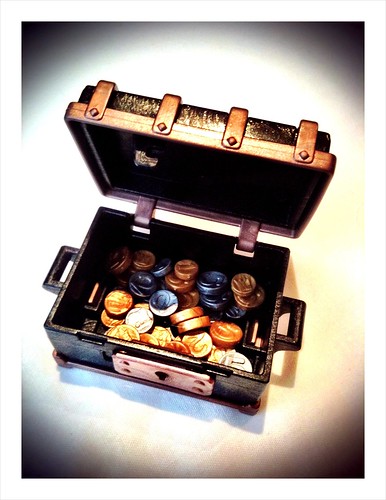
![]() Photo Credit: Keith Bloomfield via Compfight
Photo Credit: Keith Bloomfield via Compfight
Online Games to practice Addition,Subtraction & Clock Time for 1st/2nd Class
We have been using these games to practice our maths in class
1. Great Subtraction Practice
We are really enjoying this one.
2. Another game to practice subtraction.
Key in the correct security code
by completing a number of take away sums
and as a reward the student gets to design a superhero.
This game certainly has its fans in 2nd Class Room 6.
3. Challenge: Football Themed Two Digit Addition
Our football fans enjoy this one.
4. This one is a new addition.
Watch out because it gets quicker
and quicker as you go up the levels.
Maths Barge Game from Ohio Distinctive.com
5. Clock time game
6. Another game to revise clock time
7. Lots more maths games from BBC
Try one!
They’re fun!
Acknowledging the help of this great accumulation of websites on Ms. Horst’s Class Blog
To know another teacher has found a website useful
is very helpful when sourcing
age appropriate educational websites.
How Well Do You Know Your Tables? We Challenge YOU!
Balloon Popping Fun
The class record in 680 in mixed addition and 674 in subtraction!
Would you like to try it?
You are very welcome to try multiplication and division also.
Click on this link:
If you would like to tell us how you did,
please double click
‘Continue Reading’ below
and enter your score in the comment box.
Do tell us how you get on 🙂
from 2nd Class, Room 6
Explaining subtraction with ‘renaming’ for the parents of 2nd class Room 6
At the moment the children are learning subtraction with ‘renaming’.
This methodology is required for example when you are doing a sum like:
T U
4 3
-3 5
_______
The student starts ‘taking away’ the units and realises that they can’t take 5 from 3.
We are doing subtraction with ‘renaming’ in school.
We have done a lot of practical work using Dienes Blocks.
We are at the early stages of learning how to do these kind of sums.
At the moment, for homework, the majority of the class are getting
a worksheet of subtraction without renaming.
This has caused some confusion as the children attempted to ‘rename’
when it wasn’t necessary.
Identifying when a sum will need ‘renaming’ is a skill in itself
and one which we are working on!
More confusion can arise because some parents may have learned
how to do this kind of subtraction using the
‘borrow and pay back’ method.
Another factor that may confuse you is that ‘renaming’ is also referred to as ‘regrouping’!
You might find this Tips Sheet from the NCCA helpful:
NCCA’s Tipsheet for Parents: Helping your child with subtraction
or on the Maths is Fun website below where the methodology is clearly demonstrated:
A demonstration of ‘renaming’ on the Maths is Fun website
Strategies we use – Bridging the Ten
I have found that the children who know their tables are completing these sums sooner than the children who don’t.
I am encouraging the children who find tables hard to use strategies to help them.
You might hear them talk, for example about ‘bridging the ten’.
Ask a child to take 7 from 10 and they will say 3 with confidence.
This is because they are very sure of ‘what makes 10’.
However when one asks a child a sum like 17 take away 9, they are less sure of the answer.
One of the solutions is for the child to learn the ‘make up’ of 20
and be as sure of it as they are of ‘what makes’ 10.
Again, we are working on this!
The other solution is that the child learns to ‘bridge the 10’.
Take that sum 17-9 again:
The children are fairly secure in the knowledge that 7 steps will bring them back to 10
‘Nine is one less than ten. So you add 7 and 1 and the answer is eight’.
Just in case you missed it…
I am reposting the link the the post on this blog on the importance of learning tables.
Thank you for your continuing interest and support.
Look what you can do with K’nex. Nice work Senan!
A Tasty Maths Lesson: A Party for ‘Smarties’
A party for ‘Smarties’
These parties are great fun,
but students have to work for their reward!.
One needs a small box of mini ‘smarties’ (66kcal per box) for each child in the class. I usually buy two multipacks containing twenty boxes approximately. I time this lesson for just after the children’s own lunchtime.
Important to check for any child who is allergic to chocolate.
They can have jellies instead perhaps.
Before the children can eat the sweets
they have to do some work.
Here are some suggestions:
You might want to use just SOME of them!
The activities chosen will depend on the age of the children.
General Observation
Look at the box
Can you find the list of ingredients?
How many ingredients are there?
What are they?
Are you surprised by any of the ingredients?
What do you think red cabbage is used for?
What other ingredients give the colours do you think?
What do you think the beeswax does?
Did you know spirulina is a seaweed? It gives a blue colour.
There is information on the back of the bag about other natural colouring used.
What percentage of these sweets is milk chocolate?
What percentage is the rest of the ingredients?
Who is the manufacturer of these sweets?
Shape
What shape is it? (cuboid)
How many faces has it? (6)
How many edges? (12)
How many corners? (8)
Open up the box.
What shapes can you find? How many rectangles are there?
Number
Pour out the contents.
Are the colours of the contents similar to the colours on the box?
How does the size compare?
Estimate the number of sweets in your box.
Now count them.
How close was your estimate?
How many sweets does each child have?
Are there the same number in each box?
Why do you think this happens?
Who had the most sweets in their box?
Who had the least?
Can you work out the average number of sweets in each box.
There are approximately 20 boxes of sweets in each minipack.
Can you estimate how many sweets are in a full minipack?
With a younger class you can practice adding and taking away using the sweets.
There is also potential for talking about
– tens and units
– and sharing/division.
Data
Count the different colours.
How many colours are there?
How many yellow sweets have you in your box.
How many red? pink? orange? green? purple etc.
Lay them out like a pictogram.

Smarties Graph #3 by Sneeu on Flickr
Which is the most common colour in each child’s box?
Which is the most common colour in all the boxes?
The children can create patterns and pictures with the contents of their box.
And that’s not all!
Probability
A Lesson on Probability from ehow.com
Fractions
Fractions on primaryresources.co
Language
If your class can resist eating the sweets for this length of time you can talk about
– the five senses:
sight,
taste,
touch,
sound (of the sweets rattling in the box)
and smell (there isn’t one.. initially at any rate!)
– Words to describe the
sensation of the sweets dissolving or crunching in the mouth.
texture
taste
Sometimes too there are jokes or riddles on the back of the box.
Music Potential for work on ‘composition’
using voice and sweets in their box as a percussion instrument.
Science
You could also talk about
the journey the sweets will make through the digestive system.
and the job saliva does in the digestion process
How long can you make a sweet last in your mouth?
Mindful of healthy eating concerns I restrict giving out sweets to twice in the year:
Once before the Halloween midterm,
when the class earn a ‘Party for ‘Smarties”
as ‘Golden Time’ for hard work and good behaviour.
We will also have a pirate themed treasure hunt in the Summer term where the ‘treasure’ will be edible.
‘All you need is love, but a little chocolate now and then doesn’t hurt’.
Charles M. Schulz
Plan for Maths in 2nd Class: Number

The Irish Primary School Curriculum in Maths is made up of a number of strands:
Number, Measurement, Shape and space, Data and Algebra.
Learning Addition and Subtraction Tables is a very important aspect of learning maths in 2nd Class.
Adding and taking away tens and units is the ‘big deal’ in the second class maths curriculum. This is made so much easier if the children know their tables ‘upside down and inside out’.
It means when I go on to teach adding tens and units the children can focus on ‘the method’ and not on the ‘sum’. It can be disheartening for a child to get ‘the method’ right but the answer wrong because of a mistake in computation.
I realise the early tables can be very easy for children who have an aptitude for maths. Learning tables is like climbing a mountain – and we are in the foothills at the moment! I will be sending home tables for homework from the beginning of October. We have been revising adding and taking away to 5, thoroughly in school during the month of September.
The children can practise tables for homework in a variety of ways; singing the table, using their hands to keep them on track i.e. where they are in the table, lollipop sticks, number line and table book.
We use Joyce O’Hara’s cd: Joyce O’Hara’s Learn Through Song
I am sending home a laminated A4 page of the tables, in case your child does not have a table book. Please keep these carefully.
I will also make a lot of use of the addition square.
We start off gradually but we are working towards the challenge of a ‘Five Minute Maths Frenzy’!
Five Minute Maths Frenzy
The children use concrete materials to help us understand the maths we do in a ‘hands on’ and practical way. Each child has a Number Bag containing a number line and hundred square, a clock, unifix cubes, lollipop sticks, dice, pegs and a peg board. We also keep a dry board marker and a cloth in this bag, for working on individual whiteboards.
Initially I encourages the children to try Free Play with the contents of the bags. This is popular on wet days when we can’t go out to the yard. We can make patterns and constructions. We can also play dice games like ‘Race for 100’. One of the advantages of familiarity with the contents of the bags is that when we go to ‘work’ with them, the children are less inclined to play around with them, as they have had plenty of opportunities to do this already.
Children’s Work
Here is some examples of the Free Play the children did today. The results certainly brightened up a rather wet lunch time for me. Can you spot the ‘smiley face’ by Zac and ‘teacher teaching the children’ by Kila? Can you see the imaginative ‘cup cakes’ and robots?
Make your own photo slideshow at Animoto.

